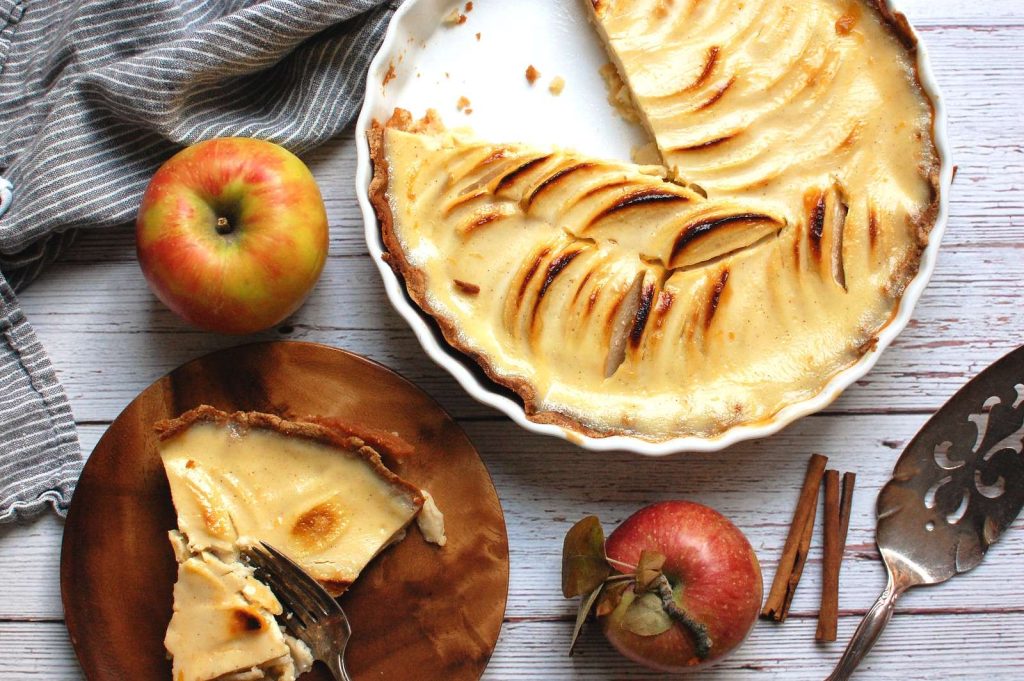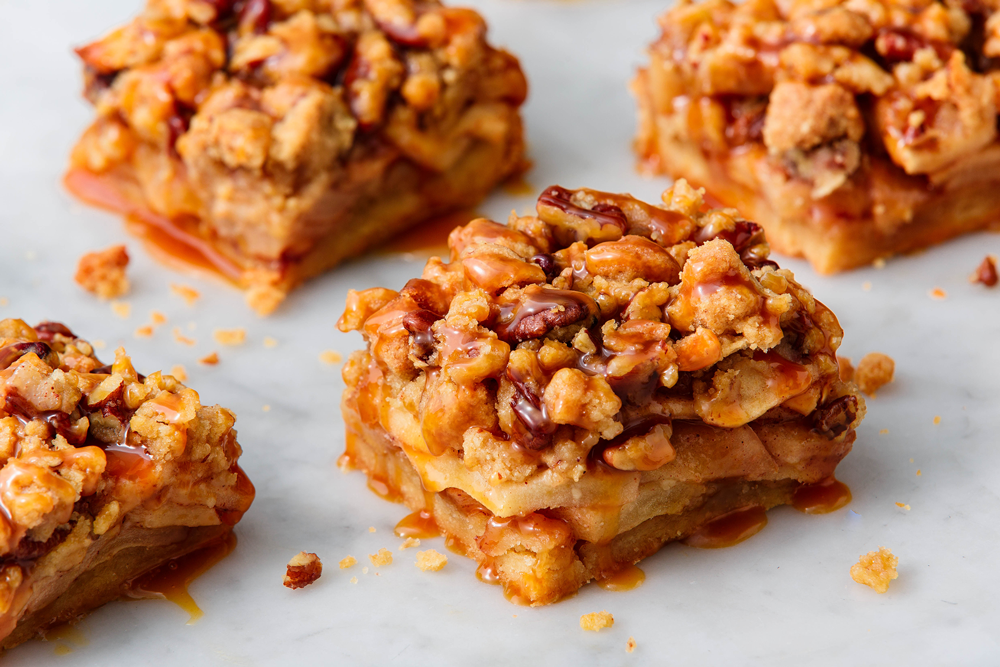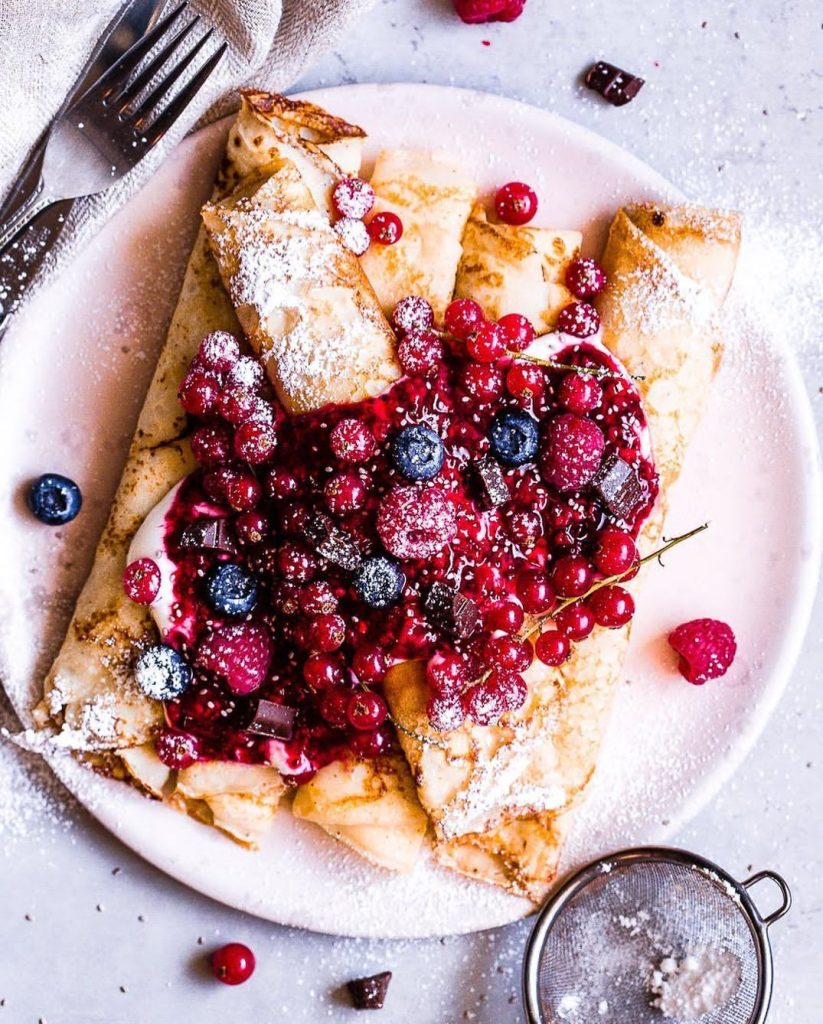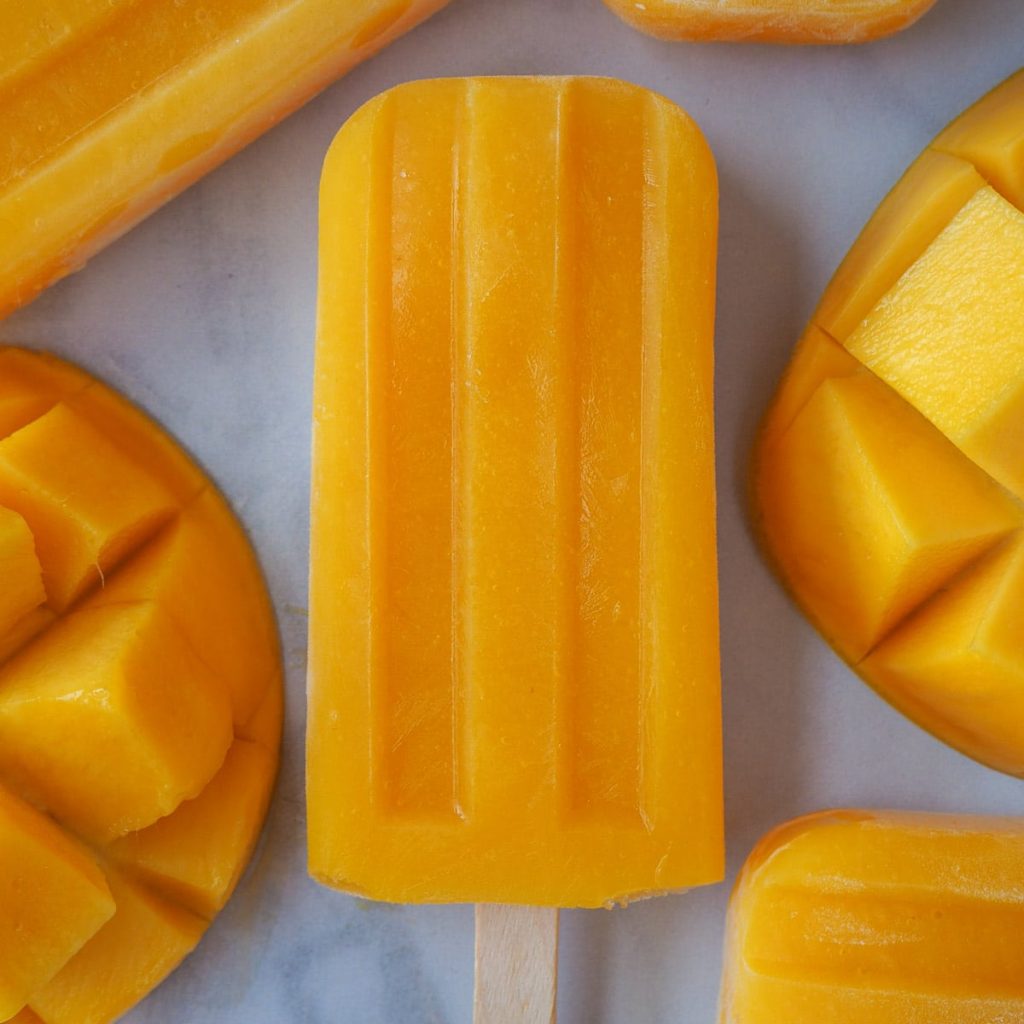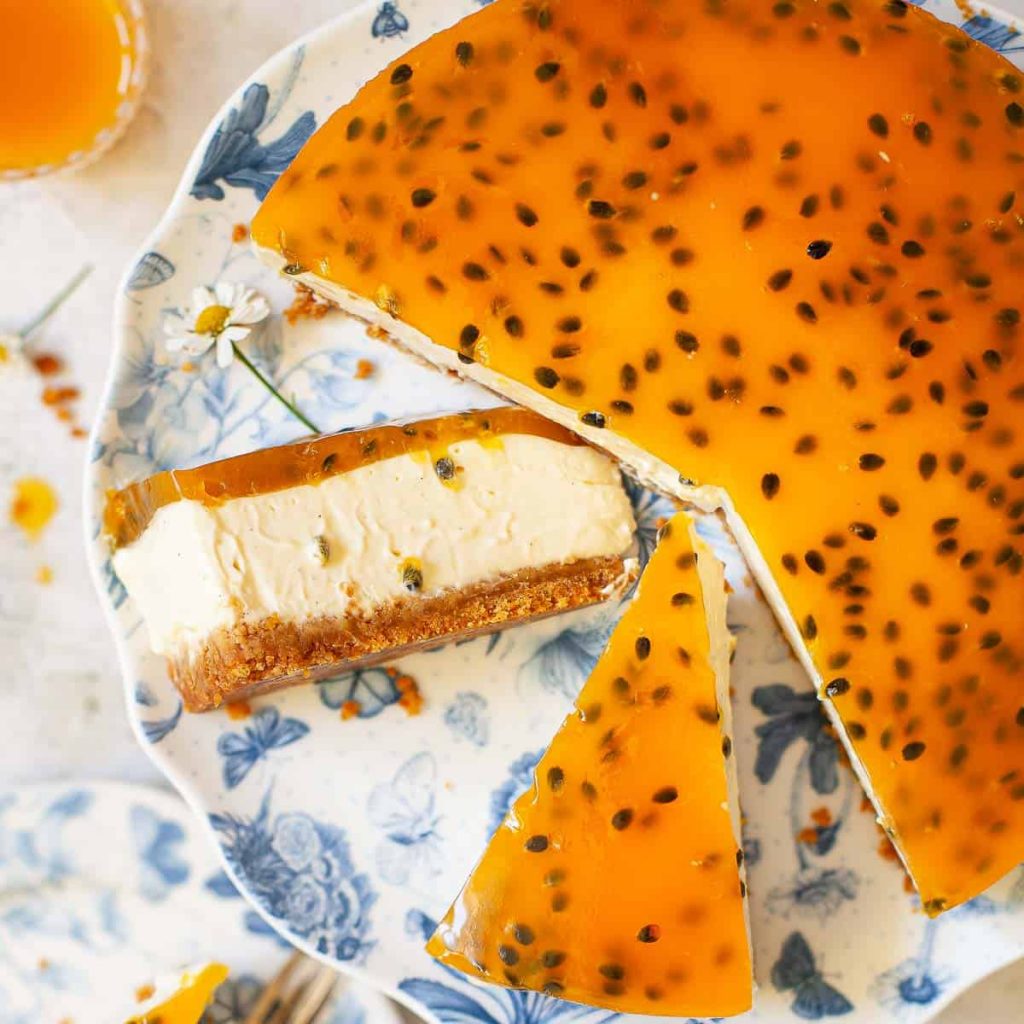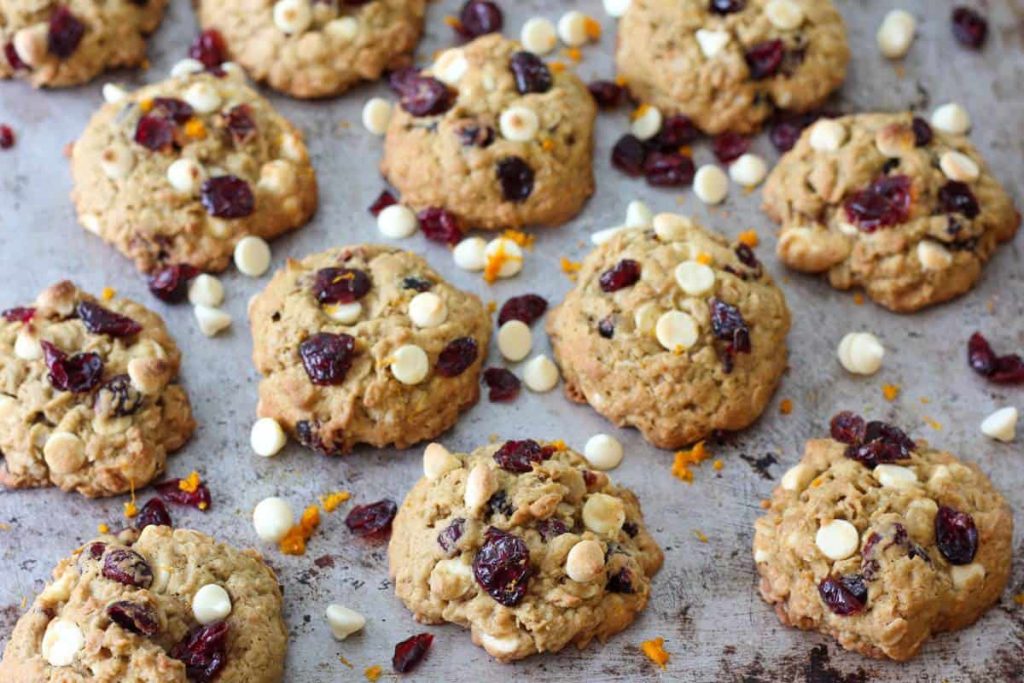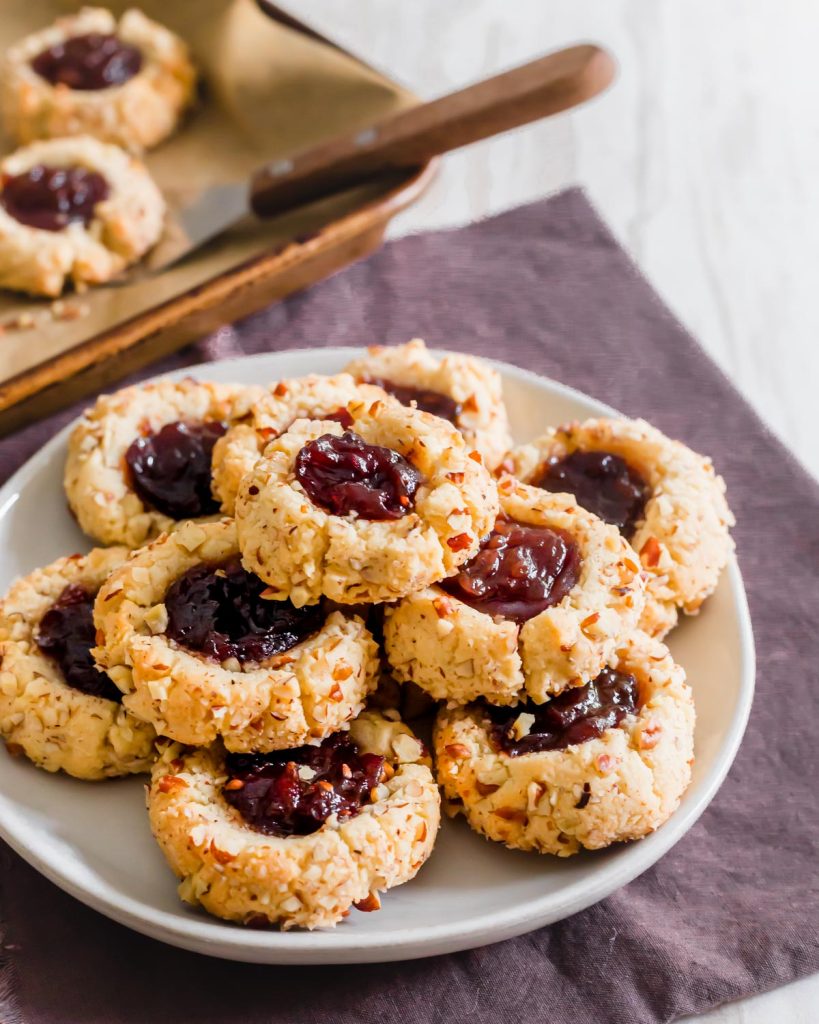This is a basic recipe for South Indian style fish fry that my mom taught me. It is so easy that you can have it ready in no time. Because it has only a few ingredients, it is important to use fresh, good quality fish so that its flavor will shine through. My favorite way of having this fish fry is with rasam rice, but of course, it goes well with literally any dish. You can also customize it to your liking. I generally don’t add ginger garlic paste to fish fry, but if that’s your thing, go ahead! Check out more delightful recipes like this on our company website Food And Meal.
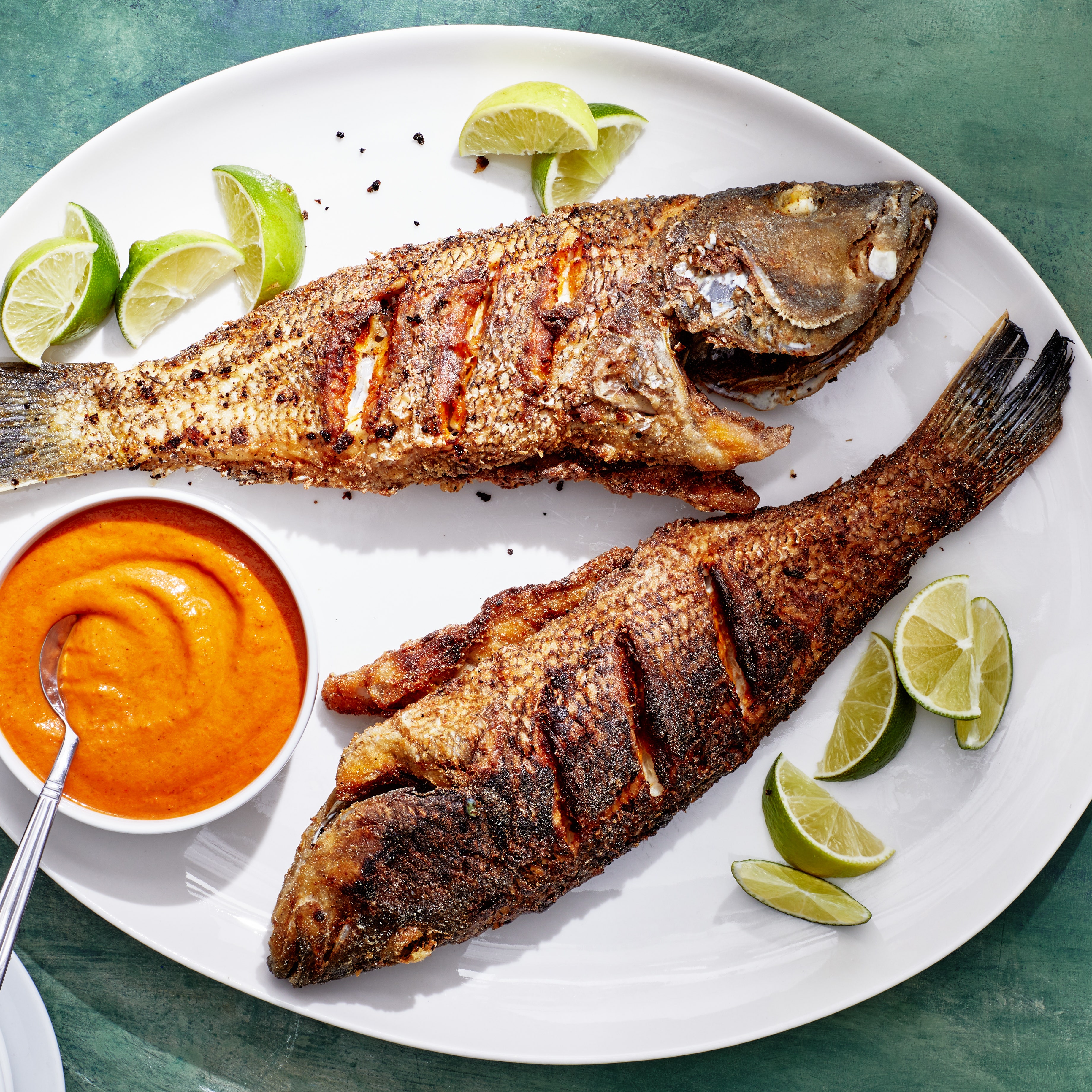
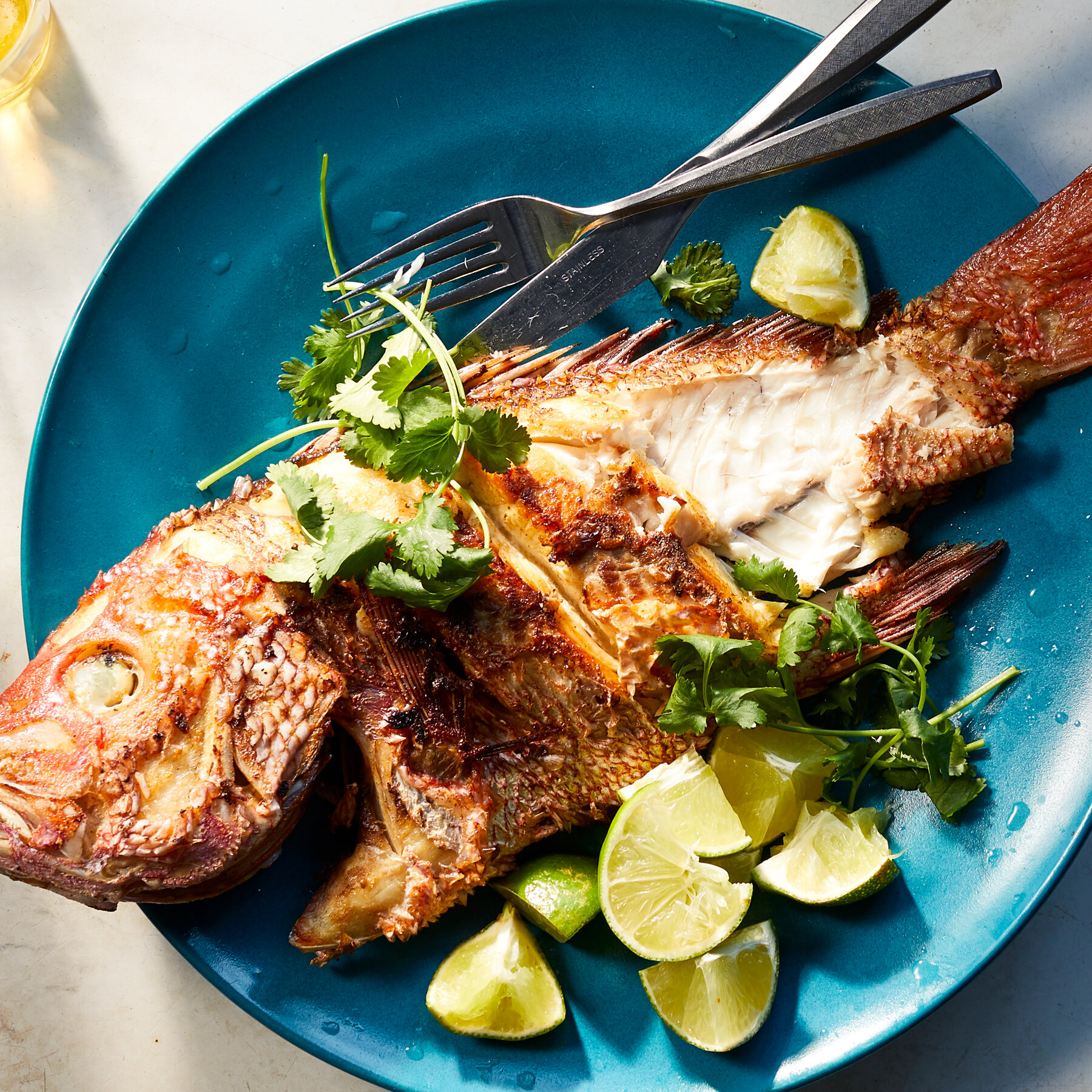
Amma’s Fish Fry
Ingredients
Equipment
Method
- Mix together the chili powder, turmeric powder, lemon juice, water and salt to form a paste.
- Rub the paste on the fish and set aside for half an hour.
- Heat a few tablespoons of oil in a pan on medium high.
- Shallow fry the fish on each side for 3 to 4 minutes until nicely browned.
Video
Notes
- Freshness Matters: Opt for high-quality fresh fish to ensure the best results.
- Marination Magic: Marinate the fish with a blend of aromatic spices for enhanced flavor.
- Perfect Breading: Achieve the ideal crispy texture with a well-prepared breading mixture.
- Right Temperature: Maintain consistent oil temperature for even cooking and crispiness.
Nutritional ingredients of fish
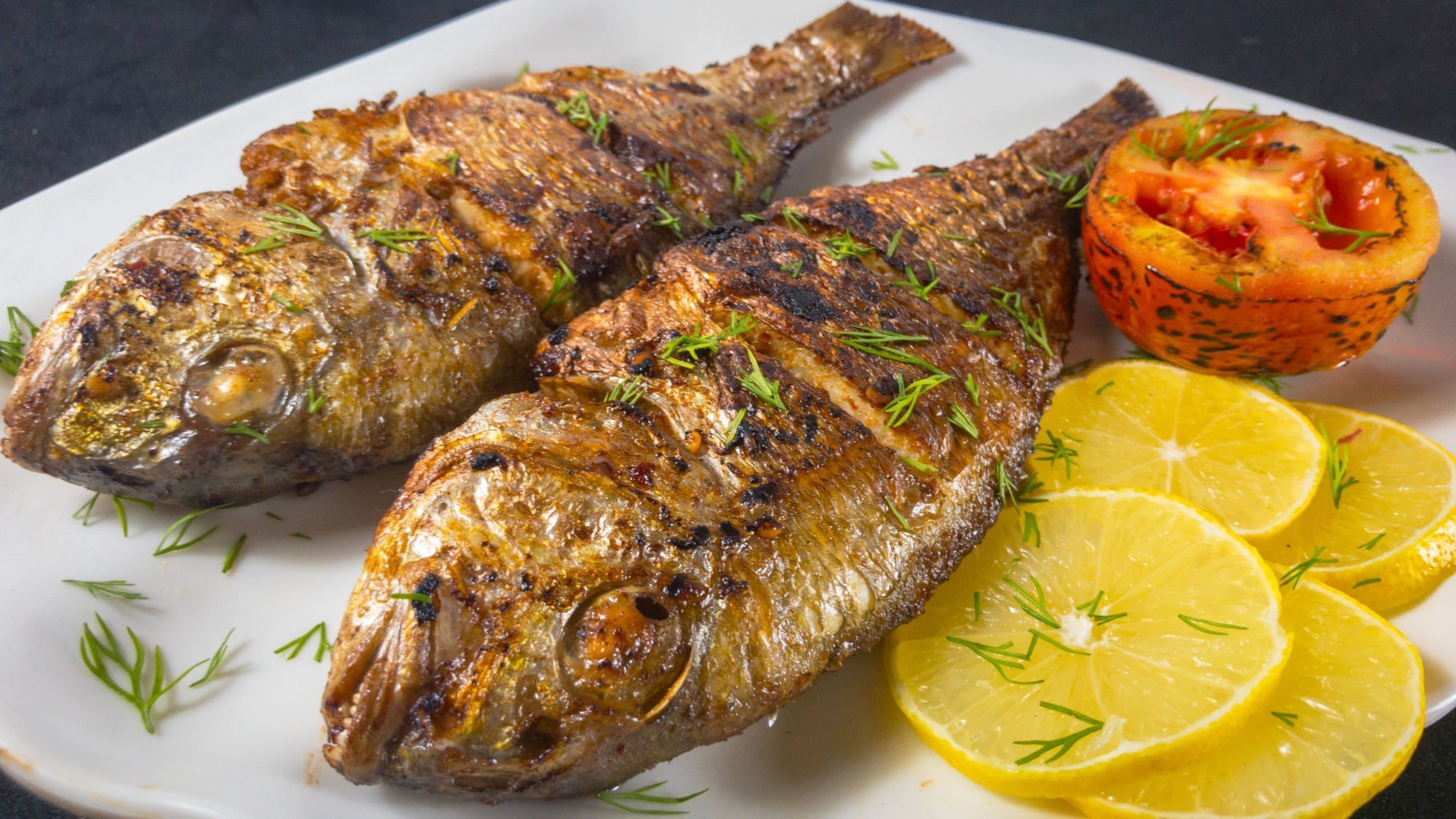
Fish is not only delicious but also a nutritional powerhouse. Packed with essential nutrients, it’s a great source of protein, omega-3 fatty acids, vitamins, and minerals. Here’s a breakdown of the nutritional components found in fish:
- Protein: Fish is an excellent source of high-quality protein, essential for muscle repair, growth, and overall body function.
- Omega-3 Fatty Acids: Fatty fish like salmon, mackerel, and sardines are rich in omega-3 fatty acids, which are heart-healthy and support brain function.
- Vitamins:
- Vitamin D: Fish is one of the few natural dietary sources of vitamin D, crucial for bone health and immune function.
- Vitamin B12: Important for nerve function, DNA synthesis, and red blood cell production.
- Vitamin A: Essential for vision, immune function, and skin health.
- Vitamin E: A powerful antioxidant that supports skin health and cell function.
- Minerals:
- Selenium: An antioxidant mineral that supports immune health and thyroid function.
- Iodine: Essential for thyroid function and metabolism.
- Zinc: Important for immune function, wound healing, and cell growth.
- Calcium: Especially found in canned fish with edible bones like sardines, it contributes to bone health.
- Iron: Essential for oxygen transport in the blood and overall energy production.
- Low Saturated Fat: Fish is generally low in unhealthy saturated fat, making it a heart-friendly choice.
- Low Calorie Count: Most fish are relatively low in calories, making them a great option for those watching their weight.
- Lean Protein Source: Fish provides lean protein without the high levels of saturated fat found in some meat sources.
- Choline: Found in fish like salmon and trout, choline supports brain health and cell membrane structure.
- Phosphorus: Contributes to bone health and helps with energy production.
Things to Pay Attention to When Cooking Fish Fry
:max_bytes(150000):strip_icc()/seo_fish_fry_077_0-1-a54bcd2c768043f9b0d9176891cf8f36.jpg)
- Fresh Fish: Start with fresh fish to ensure the best flavor and texture. Look for clear eyes, vibrant skin, and a fresh ocean smell.
- Drying the Fish: Pat the fish fillets dry with paper towels before seasoning and breading. Moisture can prevent the breading from crisping up.
- Seasoning: Season the fish well with your choice of spices, herbs, and a bit of salt and pepper. Marinate the fish briefly if desired, but not too long to avoid over-marinating and losing the natural flavor.
- Breading Technique: Use a standard breading process—dip the fish fillets in flour, then egg wash, and finally breadcrumbs. Press the breadcrumbs gently onto the fish for better adherence.
- Oil Temperature: Heat the cooking oil to the right temperature before adding the fish. Too hot, and the exterior will burn while the interior remains undercooked. Too cold, and the fish will absorb excess oil.
- Frying Time: Cook the fish in batches if needed to avoid overcrowding the pan, which can lower the oil temperature. Fry until the breading is golden brown and crispy, usually 3-4 minutes per side depending on the thickness of the fillets.
- Draining Excess Oil: After frying, place the fish on a paper towel-lined plate to drain excess oil. This helps keep the fish crispy.
- Resting Period: Allow the fried fish to rest for a few minutes before serving. This allows the juices to redistribute, ensuring a moist and flavorful interior.
- Garnishes: Consider serving your fish fry with lemon wedges, tartar sauce, or a yogurt-based dip to complement the flavors.
- Accompaniments: Pair your fish fry with sides like coleslaw, potato wedges, cornbread, or a fresh green salad for a well-rounded meal.
FAQs of fish fry
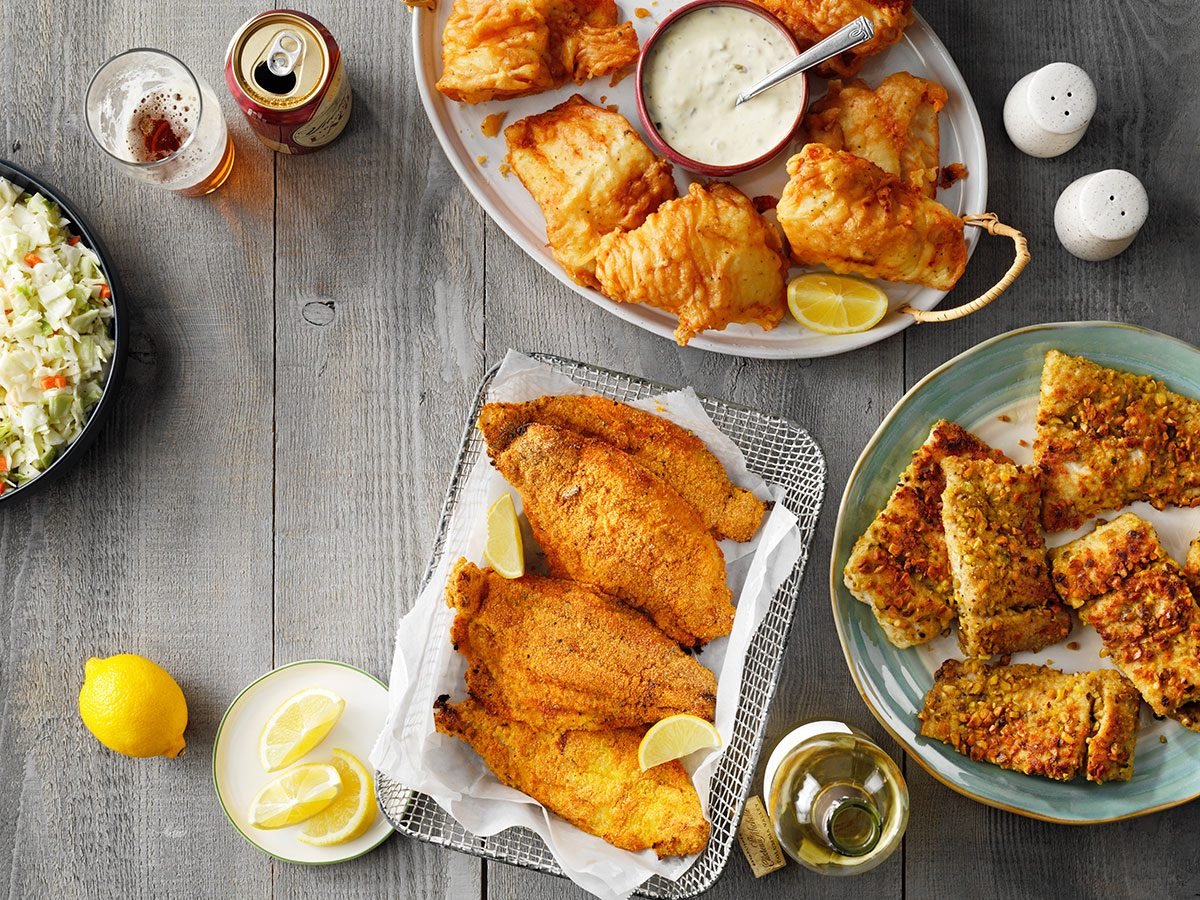
- Can I use frozen fish for this recipe? Absolutely, but make sure to thaw and pat dry the fish before marinating and frying.
- What type of oil is best for frying fish? Use oils with high smoke points like vegetable, canola, or peanut oil for optimal results.
- How do I prevent the breading from falling off during frying? Coat the fish with a light dusting of flour before dipping it in the batter to help the breading adhere better.
- Can I use a gluten-free breading for this recipe? Yes, you can substitute regular flour with gluten-free flour or breadcrumbs to make it gluten-free.
- How do I store leftover Fish Fry? Refrigerate in an airtight container and reheat in the oven for best results. Consume within 2 days.
Elevate your cooking with a perfect Fish Fry, like the Korean Pan-Fried Whole Fish Recipe. The crispy exterior and tender fish inside create a mouthwatering experience. Get ready to savor a dish that’s both simple and sensational. Happy frying!
